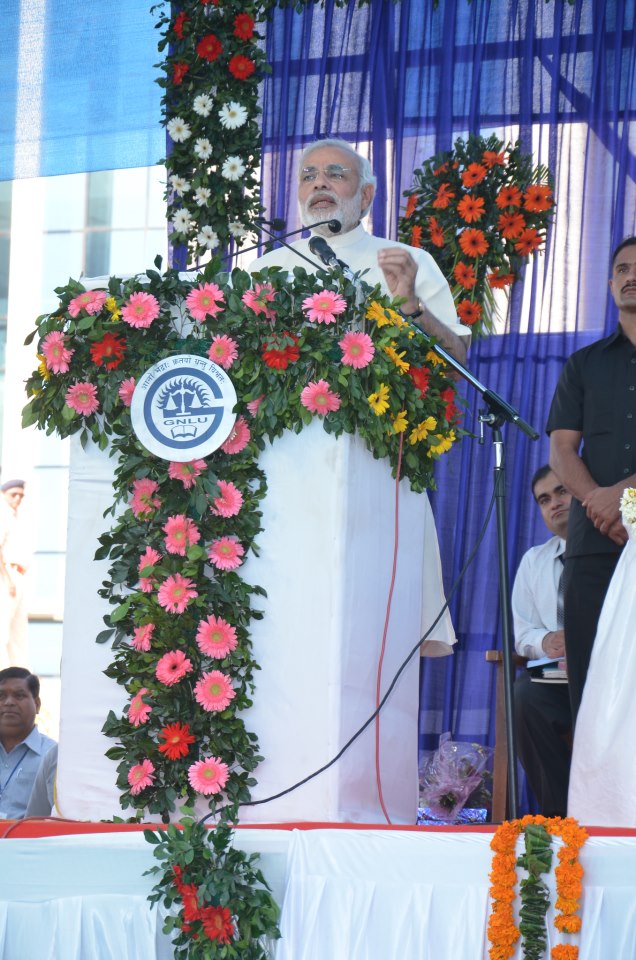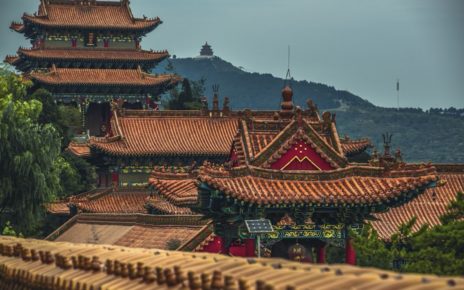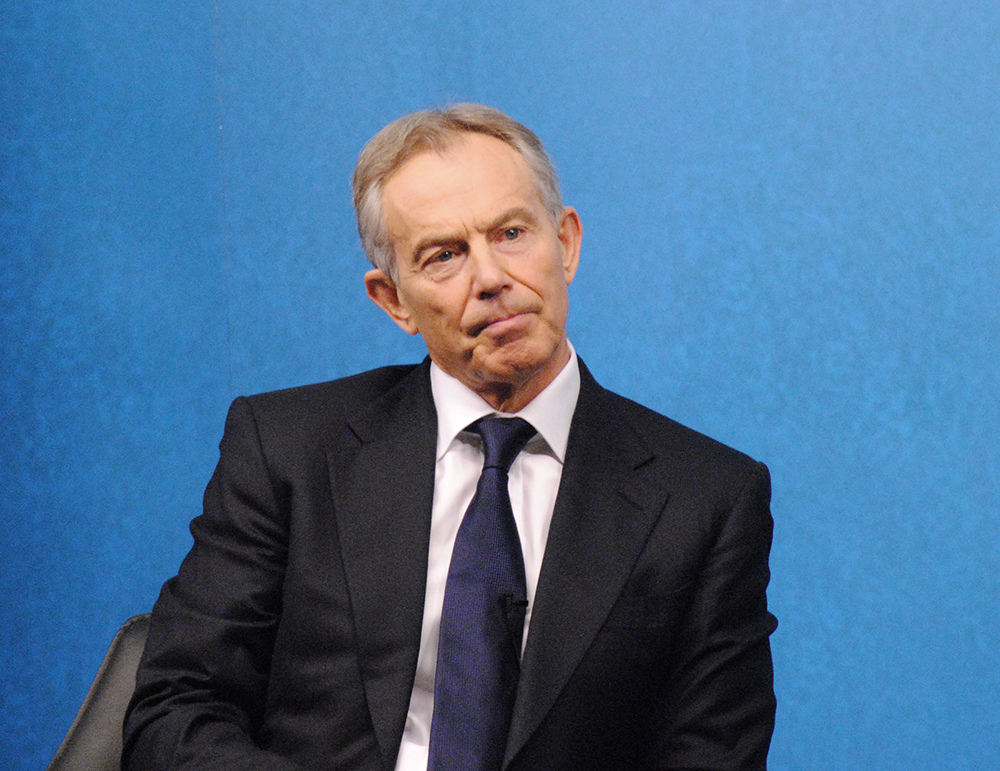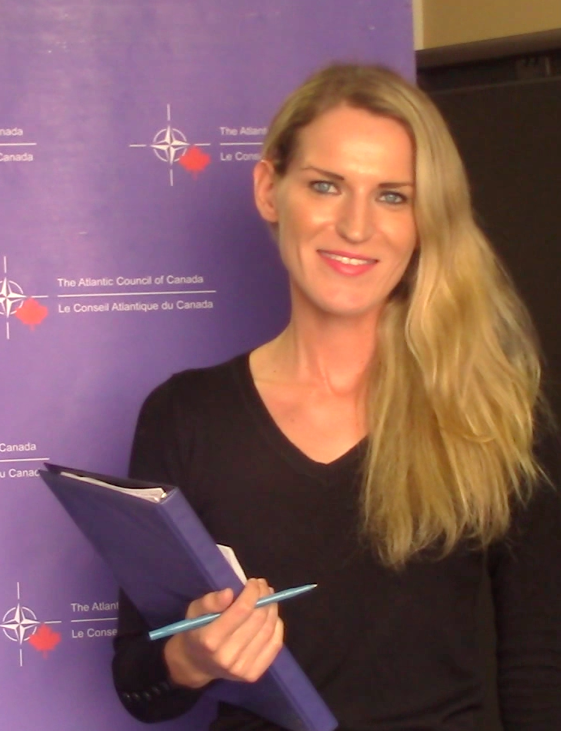The landslide election of Prime Minister Narendra Modi in May 2014, remains seven months on, a stunning display of popular democracy in India. In an election that lasted from April 7 to May 12th, 8,251 candidates contested 543 Lok Sabha parliamentary seats, in a country where voter eligibility surpassed 814 million people. The turnout, reported at 66.38%, was the highest ever in the history of Indian general elections. Placed in context, this election dwarfed the 43.09% turnout in elections for the institutions of the European Union, held at a similar time.
The so-called ‘Modi Wave’ which gave India its first majority, non-coalition government since 1984, has seen a reassertion by Modi of India on the world stage. Modi’s rhetorical confidence in selling ‘Brand India’ on the world stage, especially in Washington, Beijing and Tokyo, stands in sharp contrast to the soft spoken words of academic turned Prime Minister Manmohan Singh and his National Congress Party. India’s foreign and economic policy, under Prime Minister Singh’s second term in office was by contrast passive, inactive and hindered by the fractious nature of India’s coalition government.
Economically, India during Singh’s second term, was perceived as punching well below its weight, given the relative size of India’s economic expansion post-2000. The dramatic slowdown of the Indian economy in 2011 was key to the weakness of Congress’s second term. The slowdown diverted a large portion of attention and energy from foreign affairs, as India struggled to provide jobs for the 12 million people entering the economy each year. In 2010, the World Bank measured Indian economic growth at a staggering 10.3%, this growth collapsed to 6.4% in 2011, 4.7% in 2012 and 5% in 2013. The decline of India’s currency, the rupee, by 44% in 2013, abject corruption and massive trade deficits with China saw the blame for India’s economic fall from grace domestically and internationally, fall squarely on Singh’s shoulders.
That this economic slowdown should occur on Singh’s watch is indeed a tragedy of history. No one man did more to reform India post-1991 and guide it through important economic reforms than Manmohan Singh. Poverty has fallen significantly, from 47% in 1990 to 22% in 2010, but it is precisely because India is a more aspirant and entrepreneurial society post-2000, that the disappointment with Singh to tackle corruption within the economy was so pronounced.
In foreign policy, India under Singh’s Congress Party continued to be defined by it’s non-aligned status, thus was politically hesitant to embrace Washington fully. The Congress Party is historically suspicious of the United States, fearing a neoliberal agenda for India. During Singh’s first term in 2008, the Bush Administration signed the historic nuclear framework deal with India, releasing India from an international sanctions regime that prevented India from importing fuel or civilian nuclear technology. The move was widely praised as a thawing of Indo-US relations and was passed through the US Congress by the weight of the Indian diaspora and Indo-American business community.
In 2010, however the Congress Party did critical damage to the deal by passing insurance legislation in the Lok Sahba preventing foreign, predominantly US, Russian and French companies, from aiding the development of and providing technology to, India’s nuclear infrastructure. In the final months of Singh’s Congress government, Indo-US relations plummeted in November 2013 with the arrest of Devyani Khobragade, then Deputy Consul General of India’s Consulate in New York. The arrest prompted a popular nationalist unrest in India, perceived domestically in Indian media as a deliberate insult. Indeed just prior to the Indian general election, the Singh government refused to join United States criticism over the Russian intervention Crimea in March, despite three years earlier being widely critical of international action in Libya.
Thus suspicions of the United States within India, in the Congress party especially, hindered closer relations at a time of renewed interest in the region by the United States, with the Obama Administration’s pivot to the Asia-Pacific, of which India is correctly perceived as a keystone state. The political hesitancy regarding Indo-US cooperation is not reflected in the growing trade and economic ties between the United States and India. Trade was $96.7 billion, up over 400 percent from $23.9 billion in 2003 and as demonstrated in the 2008 nuclear deal, closer ties are considered desirable by policy makers in both Washington D.C. and in New Delhi.
Thus, the assertiveness of the Modi government and renewed vigor in foreign policy in the later quarter of 2014, is a point of key interest, considering foreign policy played so little a role in the Indian general election. As Chief Executive of the state of Gujarat, which under Modi accounted for about a quarter of India’s total exports, he routinely visited Japan, South Korea and China. This was especially notable in November 2011, when Modi engaged directly with the Chinese to promote trade and joint investment in the subcontinent.
In September 2014, Modi traveled to Japan to meet Shinzo Abe, a politician of similar nationalistic instincts, eager to return Japan to economic growth and to a wider role in Asia. Abe is a noted Indophile, who sought closer ties with India in 2006, thus this meeting proved successful as Japan agreed to invest over $34 billion into India as well as establish closer defense ties.
The visit by Modi to the United States to meet President Barack Obama and ingratiate himself with the wider American public was arguably a highlight of recent overseas trips. Modi spoke at Madison Square Garden, which was filled to the rafters with the Indian diaspora before holding direct talks with Obama. In terms of deliverable policy, both leaders agreed to boost US-India trade by $500 million as a long term goal and secured initial investment promises of $42 billion to aid in the development of 100 so-called ‘smart cities’.
In November 2014, Modi declared the transition of India’s foreign policy, from “Look East to Act East” at the East Asia Summit, with specific focus on India’s economic relations. This declaration served to signal, as well as provide, a summation of India under Modi in the last few month. India is very much a different animal, but it remains to be seen whether the Gujarat model will succeed for all Indians.




